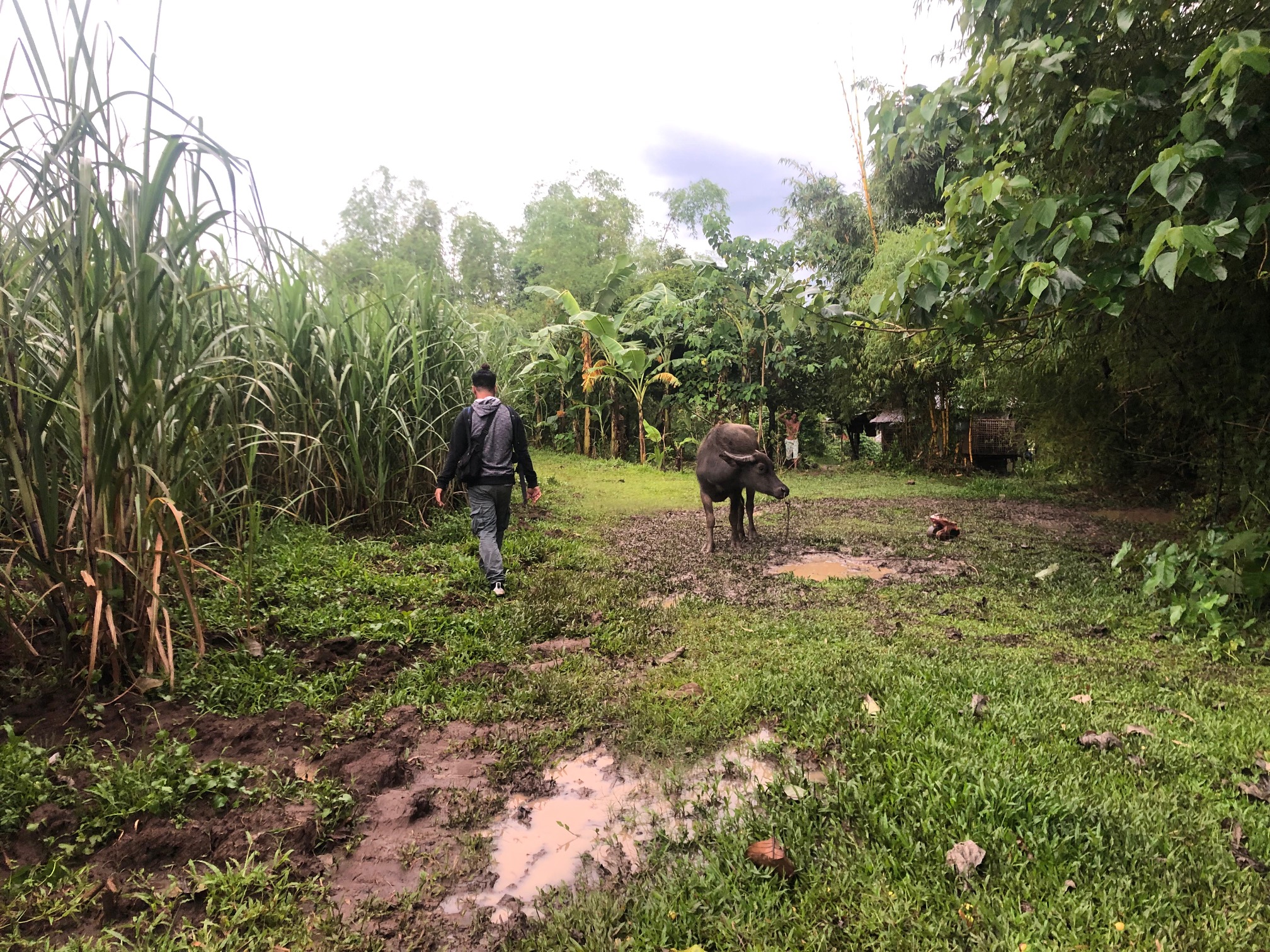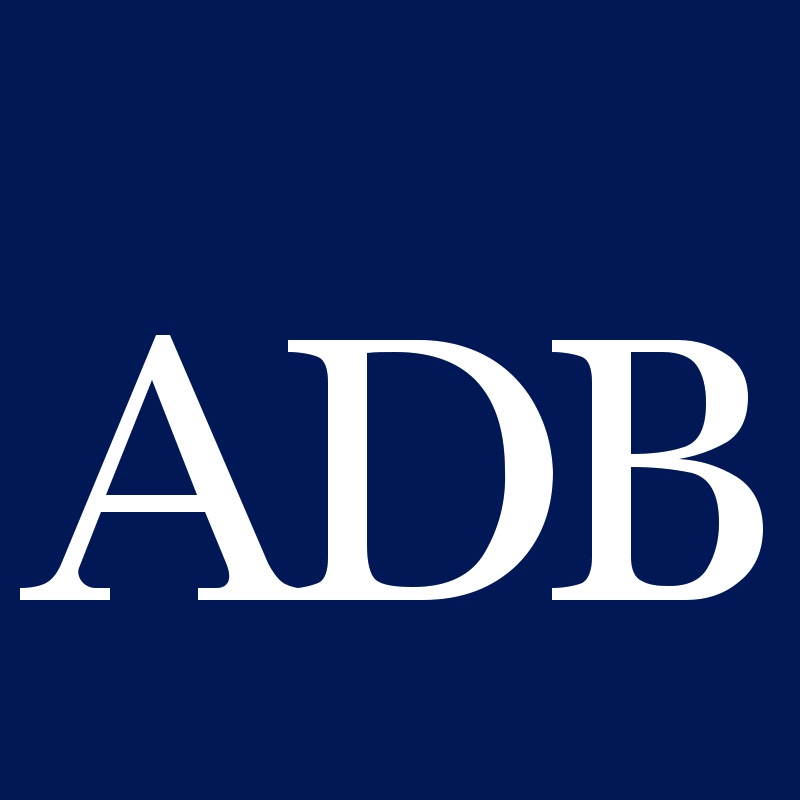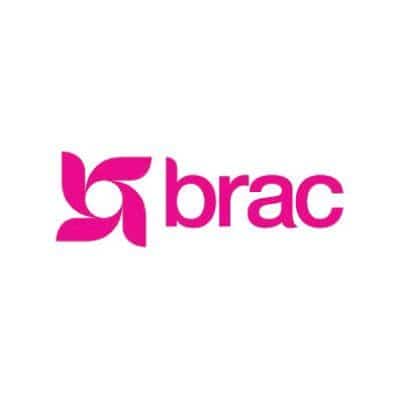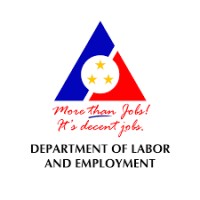Productive Asset Transfers and Coaching Can Improve Livelihoods of People in Extreme Poverty in the Philippines

In collaboration with the Philippines Department of Labor and Employment (DOLE), the Asian Development Bank (ADB), and BRAC, researchers evaluated the impact and cost-effectiveness of a graduation program that delivered productive asset transfers and coaching individually or in groups. Results showed significant improvements in livelihood outcomes for participants; group coaching was 30 percent cheaper than individual coaching, suggesting the potential for cost-effective scale-up.
Nine percent of the world’s population lives on less than $1.90 per day. People in extreme poverty contend with multiple challenges that make it difficult to improve their livelihoods, including lack of capital and financial education, limited skills and employment opportunities, and poor nutrition. Graduation programs aim to bring households out of extreme poverty by pairing regular cash transfers with a one-time asset, along with training and mentoring to help households build and maintain sustainable income-generating activities to foster continued growth in the long term.
From 2017 to 2021, researchers in the Philippines evaluated the overall impact of a BRAC-designed graduation program in Negros Occidental province. Participants in the program, who already received regular cash transfers through the 4Ps program, received productive assets, skills training, business coaching, savings facilitation, and social group mobilization. Productive asset transfers and coaching were delivered either individually or in groups. Researchers measured the impact of these design modifications to determine their potential impacts on cost-effectiveness, a key factor for scaling up the program.
Outcomes of interest included impacts on households’ consumption, food security, and accumulation of productive assets one year later. The study reached 2,339 households in 29 barangays (communities). Barangays were divided into four distinct areas and randomly assigned to receive (1) group coaching and group productive asset transfers, (2) group coaching and individual productive asset transfers, (3) individual coaching and individual productive asset transfers, or (4) no support beyond the ongoing cash transfer program.
Despite implementation challenges related to government procurement and COVID-19, all versions of the program yielded substantial improvements in consumption, food security, and assets one year after its completion, and they demonstrate high cost-effectiveness relative to similar programs in other contexts (Banerjee et al. 2015). The group coaching arm was roughly 30 percent cheaper than the individual coaching arm. There was no evidence of reduced impacts, suggesting that this modification may be a promising way to cost-effectively scale the program.
The results will help the Philippines’ Department of Labor and Employment determine the optimal graduation model — particularly with respect to coaching — and identify whether cost efficiencies from shifting group coaching or livelihoods can support further scale-up.















